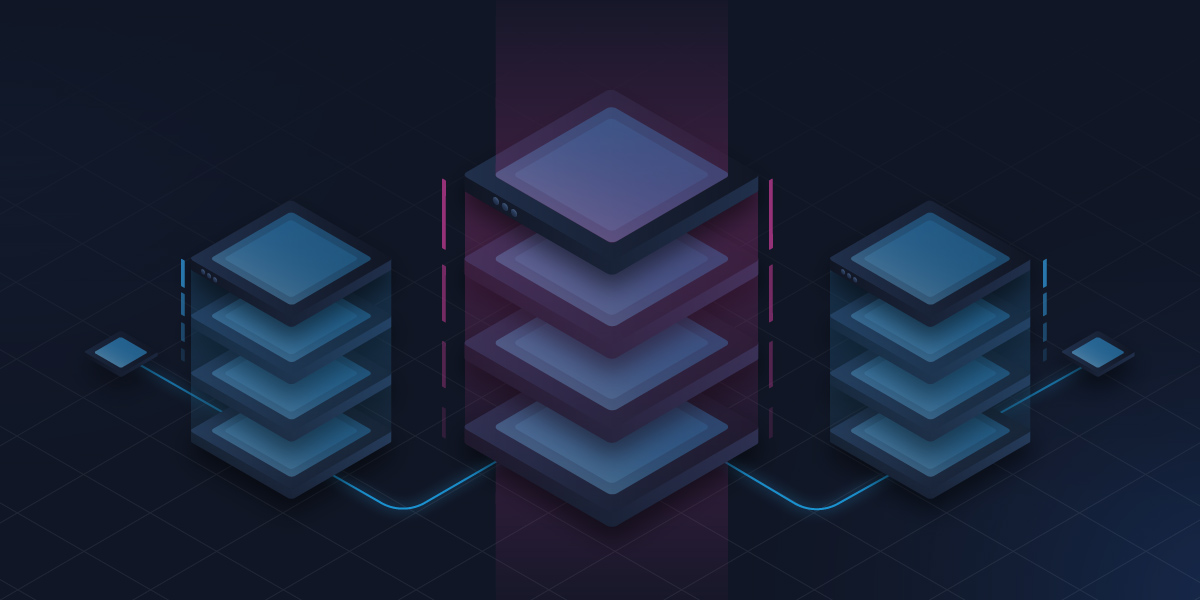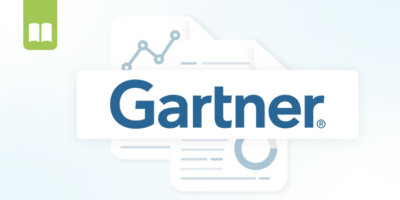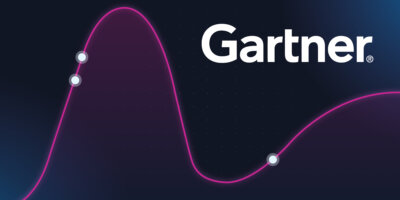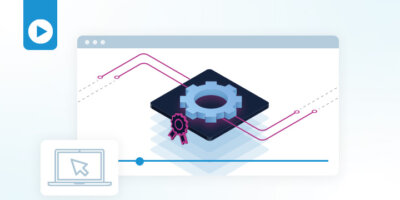In this year’s Hype Cycle for Data Center Infrastructure report from Gartner, it’s clear to see the industry push toward hybrid, cloud-first infrastructure strategies. In addition, the “improved maturity and acceptance” of external data center options such as edge computing, infrastructure colocation, managed services, and hosting options have further pulled focus away from traditional, on-premises data center infrastructure technology.
However, for many organizations, certain legacy environments and on-premises infrastructure will remain critical to business operations for the foreseeable future.
The good news? Both things can be true. As Gartner highlights in the report, the rise of the hybrid model and the aforementioned data center alternatives have “driven numerous advancements in power, cooling, processing, and automation technologies.” Now it’s time to apply those advancements right back to on-premises data center infrastructure too.
Why it’s Necessary to Evolve Data Center Infrastructure for the Hybrid World
Why is it necessary for data center infrastructure to evolve anyway? Gartner’s Hype Cycle report emphasizes the three I&O trends that are most impactful for on-premises data center infrastructure technologies, pushing the industry toward change:
- High computational requirements for artificial intelligence (AI) leading to more focus on computing power per physical space.
- Cost pressures and the need to invest in other digital business initiatives leading to more emphasis on improving efficiency, resiliency, and sustainability so that funds can be reinvested.
- The hybrid nature of today’s infrastructure resulting in a need to bring on-premises data center infrastructure, externally sourced services, and multiple cloud environments together seamlessly.
To simplify even further, there is essentially one central challenge — adapting data center infrastructure approaches such that they fit in with new hybrid infrastructure models. Or, in the words of Gartner’s report, “infrastructure and operations leaders must devise sustainable, secure, scalable, agile, intelligent, and resilient physical infrastructure platforms at an acceptable cost.”
That means focusing on the important emerging “tools, techniques, and technologies” that have arisen to meet data center needs for forward-looking I&O leaders, including the growing need to automate and orchestrate effectively across hybrid cloud infrastructure technologies.
The Importance of Infrastructure Automation & Orchestration for Data Center Technology
Infrastructure orchestration is essentially a new operating model for network infrastructure, driven by new and emerging automation technologies. When an organization has a large, complex, distributed infrastructure model, automating a change process end-to-end requires interfacing with many different systems, tools, and technologies. Infrastructure orchestration describes the design, delivery, and operation of services that are orchestrated across on-premises, cloud, and edge deployments.
As the Gartner report highlights, implementing infrastructure orchestration “enables templated service creation and management, spanning provisioning, Day 2 operations, and integration with CI/CD, self-service portals, and API access to orchestrated services.” That means automation will keep up as enterprise IT departments continue to adopt more and more new technologies.
Defining Infrastructure Orchestration vs Automation
Let’s first define the difference between automation and orchestration and the importance of each.
Automation is focused on turning manual operations into automated activities in a given system or platform. As technology and mindsets have evolved, the amount of automation that infrastructure teams use has continued to rise.
Today, the industry has reached a state where automation is prevalent across multiple different systems and technologies with which an IT team interacts. The result is pockets of automation, giving rise to the need to orchestrate across disparate automations or “automate the automations.”
Orchestration is the process by which those discrete automation tasks are sequenced, relying on powerful logic and integrations across complex infrastructure. As the Gartner report states, “infrastructure orchestration enables platform and I&O teams to design, deliver, operate, and ensure orchestrated services across on-premises, cloud, and edge deployments.”
The ”practices and tools” that support infrastructure orchestration “enable agile, iterative automation delivery and execution of the processes required via self-serve and API access.” This helps simplify and accelerate the way infrastructure services are requested and consumed at scale, improving service velocity and quality across the business.
We see a growing focus on infrastructure orchestration in the industry, with many organizations forming platform teams who can oversee and manage the orchestration of activities across every component of digital infrastructure. The strategy means that “I&O staff can transform their role into an automation-first focus and scale to meet increased business demands.”
Business drivers for the growing need to adopt infrastructure orchestration tooling:
- Business agility: Organizations must increase responsiveness to meet customer needs and adapt to market and technology changes.
- Cost optimization: Infrastructure teams leverage orchestration to deliver scalable, reliable, and secure platforms, improving delivery efficiency while reducing manual work and downtime.
- Value extraction: Adoption of orchestration capabilities unlocks additional value from the automation tools already implemented, enabling incident response, request servicing and other tasks to be more richly automated and consumed.
- DevOps: Infrastructure orchestration is a key enabler of continuous software delivery.
- Infrastructure complexity: Increasingly complex deployment topologies require greater automation to increase infrastructure consumption and improve maintenance.
- Security and compliance: Increased automation enables the implementation of security and compliance controls through orchestration and avoids any audit failures. The end-to-end visibility and traceability of the provisioning and configuration can enable continuous compliance automation.
A successful implementation of infrastructure orchestration can contribute significantly toward solving these challenges, removing the downsides of complex, distributed infrastructure. Then, that same infrastructure approach becomes an advantage — change processes can continue to be automated quickly and reliably even as the business moves forward and finds ways to leverage new technologies.
With infrastructure orchestration, “I&O teams realize operational efficiencies through reduced manual efforts to deliver infrastructure, embedding security and compliance requirements into the delivered services and offering cost optimization opportunities.”
How Itential Enables Infrastructure Orchestration
Itential was named as a representative vendor in the emerging Infrastructure Orchestration category of the Gartner Hype Cycle for Data Center Technologies. Our automation platform provides IT departments with a single platform to orchestrate the delivery of infrastructure services to application developers — how, when, and where they need them — and update the infrastructure in real-time to ensure that it aligns with security and business needs.
Itential achieves this due to our unique API-first approach to infrastructure orchestration. By integrating with everything in your ecosystem without requiring users to write code, Itential makes it easy to stitch tasks together across different systems, tools, and network domains to orchestrate end-to-end change processes.
The result is an approach to IT infrastructure that’s much more efficient and better equipped to handle the scale as new platforms, technologies, and systems are continuously adopted.
IT infrastructure teams that leverage Itential’s orchestration capabilities can build event-driven automated processes across on-premises, cloud, and external resources with ease, automating provisioning and change management and delivering these network services as a self-service catalog to IT and application teams.
To learn more about Itential’s infrastructure orchestration and integration capabilities, check out this page. And to go ahead and jump into Gartner’s full report, the 2023 Hype Cycle for Data Center Infrastructure Technologies, click here.





